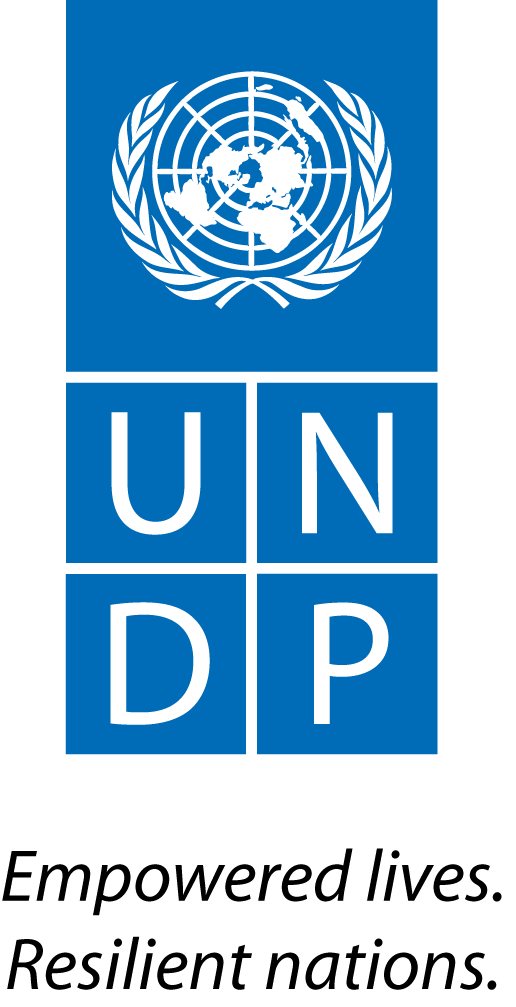http://www.thefinancialexpress-bd.com/more.php?news_id=130218&date=2012-05-21
It is heartening indeed to learn that Bangladesh has been nominated by the least developed countries (LDCs) to the Green Climate Fund (GCF) to help vulnerable countries fight climate risks. This was disclosed by Dr Hasan Mahmud, Minister for Environment and Forests at a seminar on 'Adaptation Programme to Face Climate Risk' held in the capital recently. It is obvious that Bangladesh's nomination to the GCF is the recognition of its role by the climatic vulnerable countries in the international forum.
The Green Climate Fund (GCF) was founded within the framework of the United Nations Framework Convention on Climate Change (UNFCCC) as a mechanism to transfer money from the developed to the developing world in order to assist the latter in its adaptation and mitigation practices to counter climate change. Its legal basis can be found in the Copenhagen Accord adopted during the 15th Conference of the Parties (COP-15) in Copenhagen in 2009. This decision was confirmed in paragraph 102 of the Cancun agreements in 2010 with the words: 'The Green Climate Fund will support projects, programmes, policies and other activities in developing' countries 'using thematic funding windows'. The objective was to raise a fund of $100 billion per year by 2020. To kick-start environmental projects, a Fast Start Funding of the GCF was agreed, encompassing $30 billion for the period 2010-2012. In Copenhagen countries agreed that this money would be used for enhanced action on mitigation (including Reducing Emissions from Deforestation and Forest Degradation (REDD)), adaptation, technology development and transfer, and capacity building. Using the money in the right way in order to enforce actual change on the ground is one of the biggest challenges ahead. Many academics argue that in order to do this in an efficient way, all stakeholders should be involved with the process, instead of using a top-down approach. Moreover, projects often even miss out on their actual purpose.
Assessing whether this Fast Start Finance pledge has been fulfilled is very difficult because there is a lack of reliable and verifiable data, as the only information available comes from voluntary reports made by the donor countries themselves. Moreover, they use very different benchmarks and baselines in the data supplied, which makes a general assessment even harder. However, several sources talk about a figure somewhere between $27 billion and $29.2 billion that has so far been pledged by developed nations. Some discrepancies have been found in the figures because as of September 2011, only $11.3 billion had actually been delivered (i.e. been transferred to the account of the GCF). So, a lot of the pledges still need to be put into practice.
As a follow-up of the First Start Finance, the long-term goal of financing the GCF with $100 billion per year by 2020 seems difficult to achieve. Since there was a lot of uncertainty over where this money would have to come from, a High Level Advisory Group on Climate Change Financing (AGF) was founded by UN Secretary-General in February 2010 to investigate potential sources of revenue for the fund. The AGF in its report concluded that it would be a tough challenge to raise such an amount of money, particularly because of the global financial crisis. However, it identified several potential sources of new and additional revenues. These are public sources, international development bank loans, carbon markets, private sector flows to developing countries. Since its release, the report has often been criticised, most notably by some developing countries, because of the big role awarded to International Development Banks and the fact that most of its proposals burden the private sector.
The main issue threatening the GCF is the insecurity of its funding. It does look as though the Fast Start Funding goal of $30 billion for the period 2010-2012 will be made, but as for the long-term financing uncertainty looms.
It seems the global economic crisis and national austerity measures have reduced the willingness of rich countries to commit to filling the coffers of the fund with public money. On top of the difficulties in securing the funds, there is also the risk of countries totally pulling out of their commitments and pledges, just like Canada did at COP-17 in Durban.
Much of the debate concerning the GCF also centres on the long-standing adaptation and mitigation issue, which separates the parties in roughly two blocs: the developing and the developed world. The developing countries are vulnerable and susceptible to the impacts of climate change, whereas they carry the least responsibility. They do need funds to increase their capacity to adapt, and thus see the GCF as a big opportunity to do this. Subsequently, they think the money that comes out of it should primarily be used for adaptation. The developed countries, on the other hand, like to focus on mitigation as they believe that technologies might reduce emissions and prevent a deterioration of the situation. They also believe that mitigation actions might benefit everyone, since it adds to the public good, whereas adaptation only produces local benefits.
Nomination of Bangladesh to the GCF has come at a critical time when apart from the insecurity of funding, differences of opinion among the developed and the developing countries on the very approach to negotiating the problem is growing. As for Bangladesh's own requirement, there are some areas already identified by the government wherefunding is critically needed. One such is the reconstruction of about 700 kilometers of seriously affected costal embankments that threatens the lives of millions. As the focal point of the LDCs, Bangladesh will be required to intensively negotiate with the donors to prioritise the needs on both adaptation and mitigation practices to counter threats from climate change.






